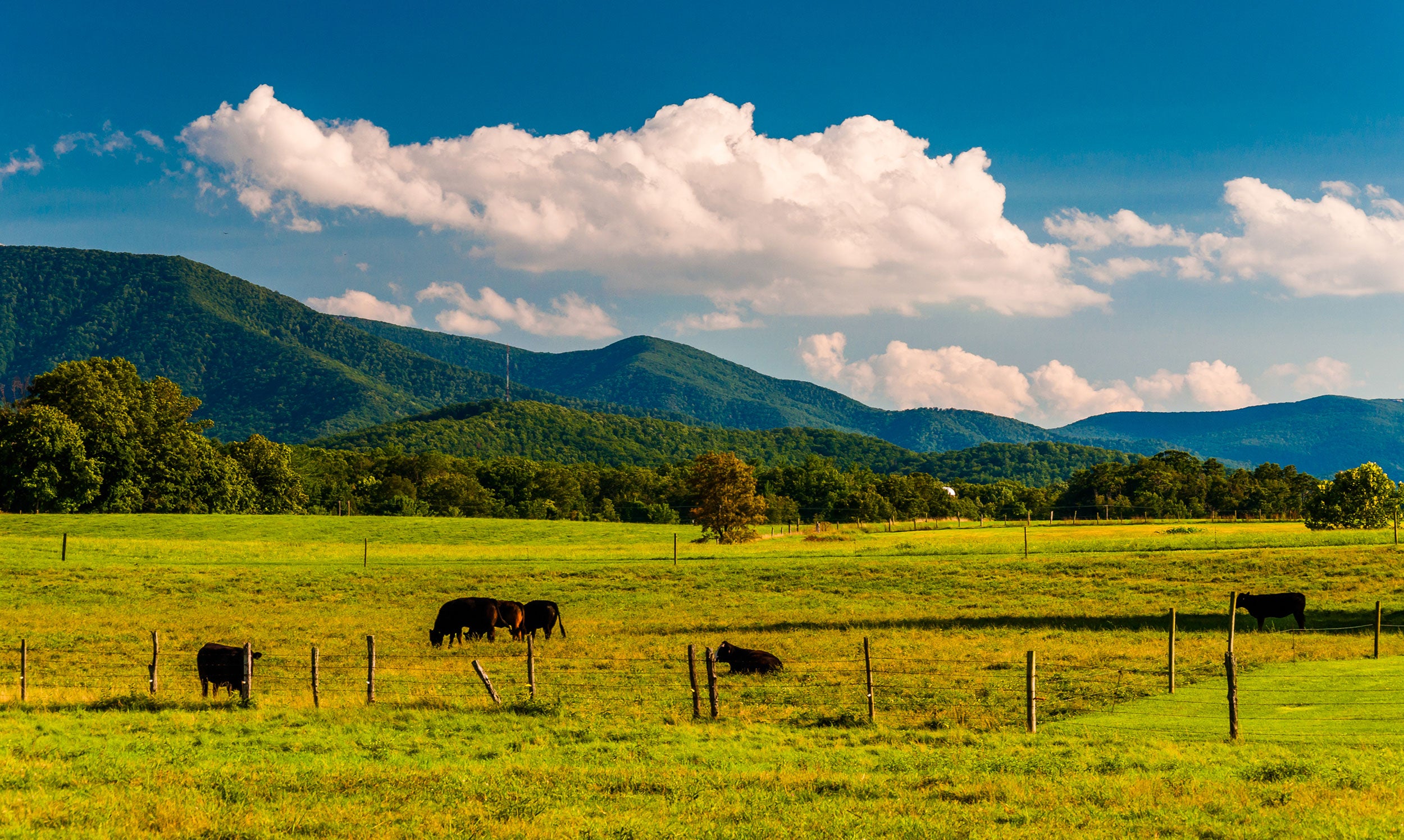It’s clear that individual states have different concerns and priorities about the U.S. imposing tariffs and the potential reciprocal actions by the affected nations. Nestled adjacent to the nation’s Capitol and boasting the Port of Hampton Roads, the 10th largest port in the U.S., Virginia is bracing to feel the impact.
One expert suggests that Virginia farms could face both immediate and long-term economic consequences because of the tariff battles with Canada, Mexico, and China.
“U.S.-imposed tariffs on key agricultural imports, such as potash from Canada, increase costs and disrupt deliveries for agribusiness firms. These firms, especially those relying on just-in-time logistics for fertilizer, will face higher expenses and operational delays, straining the broader supply chain,” said Virginia Tech agricultural trade policy analyst Xi He. “These disruptions can then ripple through rural economies, in regions like the Shenandoah Valley.”
President Donald Trump has said that April 2 is the deadline for looming tariff action. The president has repeatedly referred to that date as “Liberation Day” — saying a wide-ranging slate of reciprocal tariffs would rebalance U.S. trade relationships. Still, there are also expectations that these tariffs will be more lenient than the previous ones this administration has attempted to implement.

Trump is presenting the April 2 round of tariffs as an inflection point for the economy, after the previous ones roiled markets and incited recession fears.
“With tariffs raising the price of potash — a vital fertilizer component sourced largely from Canada, which supplies over 85 percent of U.S. needs — the strain on Virginia’s agricultural industry would particularly impact production costs of tobacco, corn, soybeans, wheat, and barley,” He said. “At the same time, retaliatory tariffs from Mexico, Canada, and China in response to U.S. tariffs would particularly affect Virginia soybeans, poultry, pork, and tobacco, as these face significant economic threats tied to disrupted trade with key partners. Retaliatory tariffs make it more costly for foreign countries to purchase U.S. agricultural products compared to products from other origins, which could reduce demand for U.S. products and depress prices.
In the latest escalation of the trade war, Yahoo Finance reported that Trump said on Wednesday that there would be a 25 percent tariffs on all foreign-made vehicles, which he said would take effect on April 2.
Trump has sent mixed signals on flexibility but said Wednesday that “people are going to be pleasantly surprised” at how “fair” and “nice” the duties are to other countries. Trump said he would hold a news conference on the reciprocal tariffs next week.
Virginia Tech’s analyst warns that the state’s agricultural production “will face significant uncertainty, especially during the critical planting season. Farmers will confront a high-stakes dilemma, deciding now — amid trade uncertainty — whether to plant soybeans, expand poultry, or adjust rotations, with markets like China and Canada in flux.”
Virginia has roughly 44,000 farms across 8.1 million acres of land, making it by far the largest industry in the commonwealth. Virginia ag has an economic impact of over $70 billion annually and provides nearly 334,000 jobs. The top commodities include broilers, cattle, dairy, soybeans, and turkeys. Plus, record-setting corn-yield farmer David Hula is a Virginian, hailing from Charles City in the central part of the state.
“Before the U.S. tariffs on Mexico, Canada, and China, Virginia’s agricultural industry stood as a robust economic force, contributing $3 billion in agricultural exports in 2024 and $3.2 billion in 2023, with China accounting for $171 million, Canada with $338 million, and Mexico $179 million,” He said. “Higher costs for American goods in these markets reduce demand, cutting into farm revenues and increasing uncertainty for producers. Small farms — over 90 percent of Virginia’s around 44,000 operations — will be especially vulnerable, as they often lack the financial cushion to absorb these shocks. Faced with rising input costs and declining export opportunities, many could struggle to stay afloat.”


